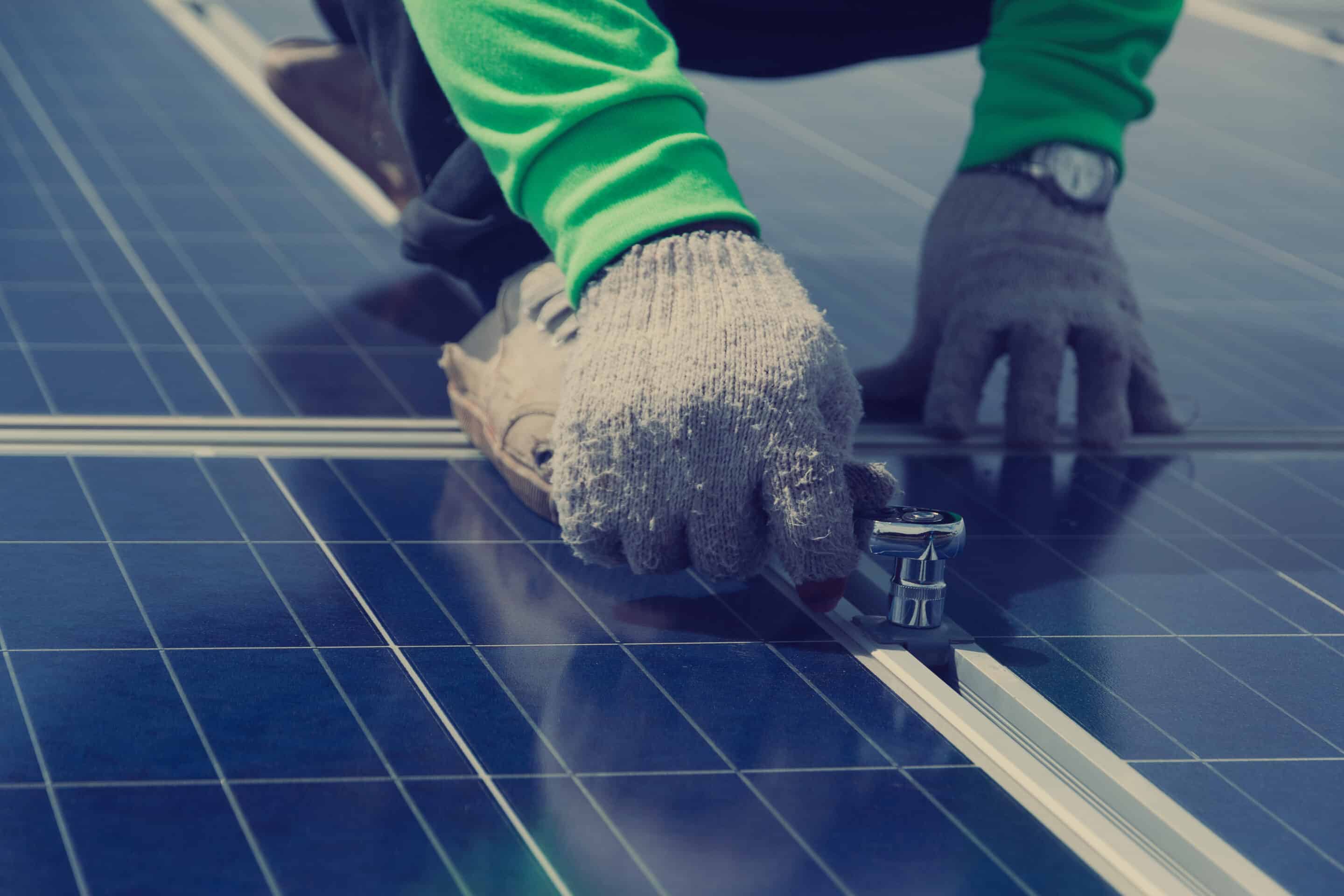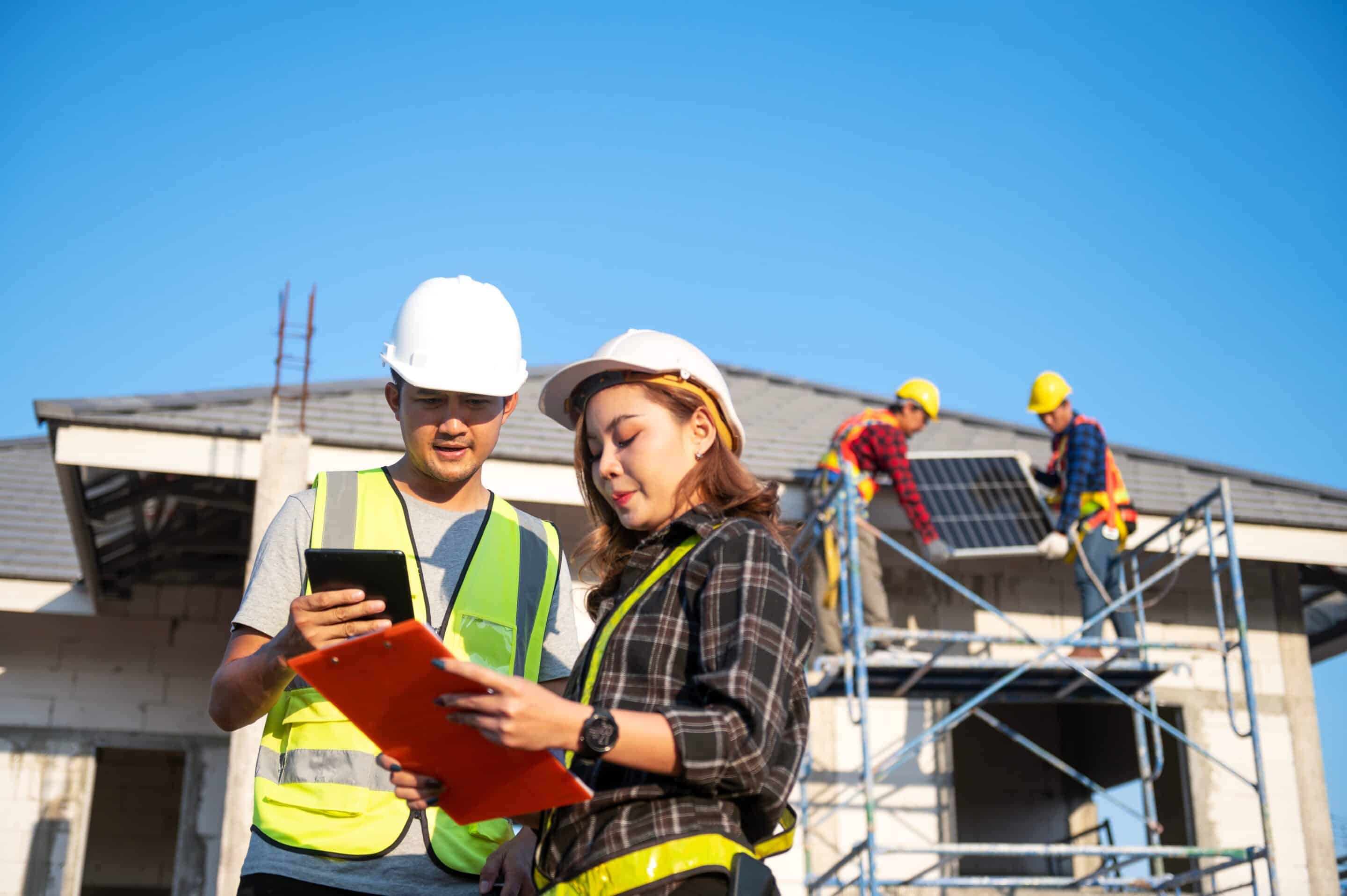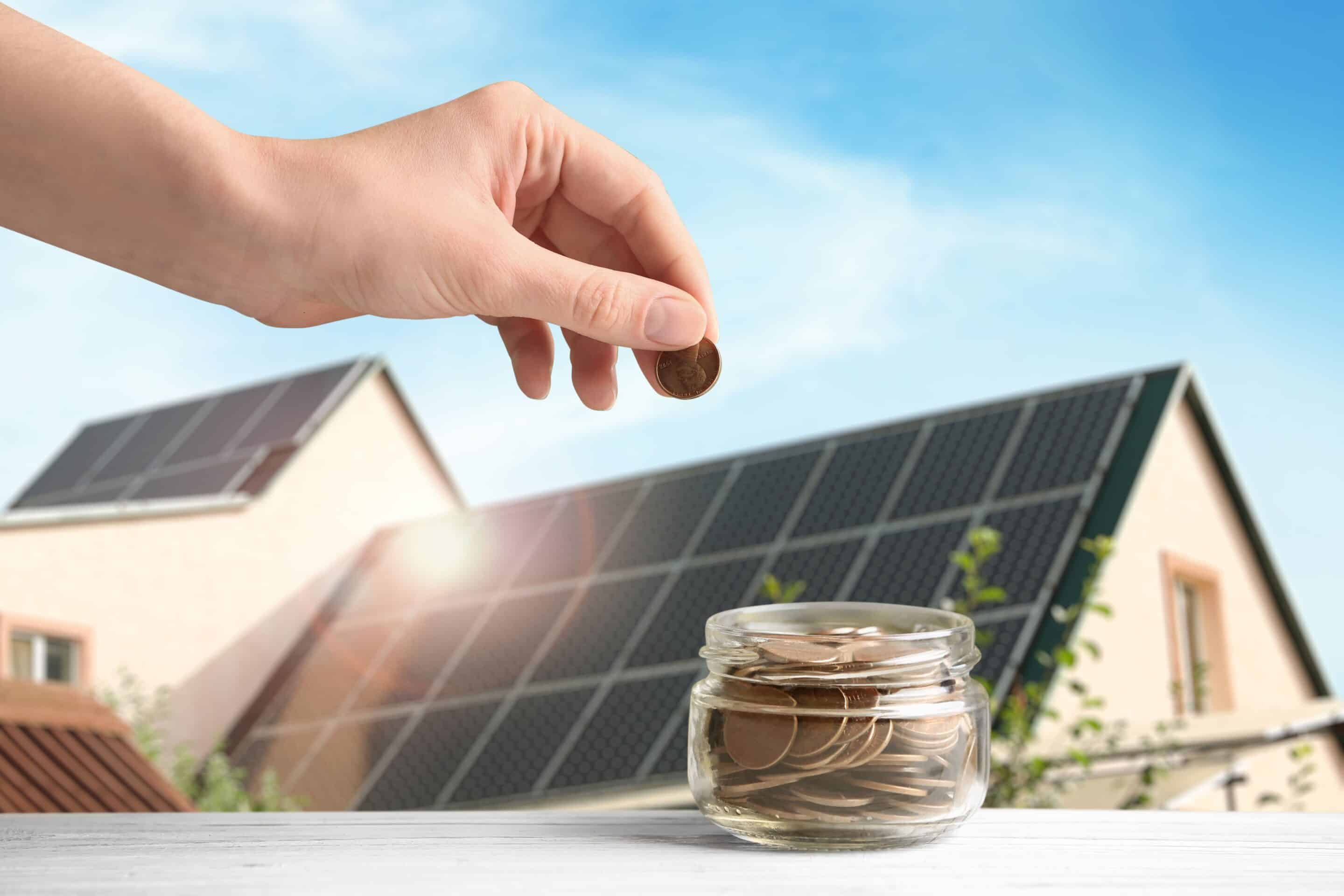
Illuminating the Future: How Solar Panels Are Installed on a Home
As the world collectively turns its gaze towards renewable energy sources, solar power has emerged as a shining star in the quest for sustainable and eco-friendly electricity generation. Solar panels, also known as photovoltaic (PV) panels, have become increasingly popular for homeowners looking to reduce their carbon footprint and lower their energy bills. In this blog, we’ll shed light on the process of installing solar panels on a home, from initial planning to flipping the switch on your very own mini solar power plant.

Pre-Installation Preparation
Before the installation begins, several important steps must be taken:
a. Roof Assessment: A qualified solar installer will assess your roof’s suitability for solar panels. Factors such as the roof’s orientation, shading, and structural integrity will be considered.
b. Energy Audit: An energy audit is conducted to determine your household’s energy consumption patterns. This information helps determine the size and number of solar panels needed to meet your energy needs.
c. Permits and Regulations: Obtaining the necessary permits and complying with local regulations and building codes is crucial. Your solar installer should handle most of these details, but it’s essential to stay informed.
Designing the Solar System
After the initial assessment, the solar installer designs a customized solar PV system tailored to your specific needs. This design includes:
a. Panel Placement: Determining the optimal location for the solar panels on your roof to maximize sun exposure throughout the day.
b. Inverter Location: Deciding where to install the inverters, which convert the DC electricity generated by the panels into usable AC electricity for your home.
c. Wiring and Electrical Components: Planning the wiring and electrical components needed to connect the solar panels to your home’s electrical system.

Installation
Once the design is finalized, the actual installation process begins:
a. Roof Preparation: If necessary, the roof is repaired or reinforced to support the weight of the solar panels.
b. Mounting the Panels: Solar panels are securely mounted onto your roof or, in some cases, on the ground. Mounting hardware ensures they are tilted at the optimal angle for sunlight absorption.
c. Wiring and Inverter Installation: The wiring and inverters are connected, allowing the electricity generated by the panels to be converted into usable AC electricity for your home.
d. Connection to the Grid: In many cases, excess energy generated by your solar panels can be fed back into the grid, earning you credits or even income.
Inspection and approval
After installation, your solar system must pass inspection by local authorities or utility companies to ensure it meets safety and code standards.
Monitoring and Maintenance
Once your solar panels are up and running, it’s important to monitor their performance regularly. Most solar systems come with monitoring software that allows you to track energy production and identify any issues. Routine maintenance, such as cleaning the panels and checking connections, should be performed as needed to ensure optimal efficiency.

Enjoying the benefits
With your solar panels generating clean and sustainable electricity, you can enjoy several benefits:
a. Lower Energy Bills: Solar panels reduce or eliminate your dependence on conventional electricity sources, leading to significant savings on your energy bills.
b. Environmental Impact: By generating clean energy, you’re helping to reduce greenhouse gas emissions and combat climate change.
c. Return on Investment: Solar panel installations typically pay for themselves over time through energy savings and potential incentives.
Installing solar panels on your home is a step towards a more sustainable and environmentally friendly future. The process involves careful planning, professional installation, and ongoing monitoring. By harnessing the power of the sun, you not only reduce your carbon footprint but also enjoy long-term financial benefits. Solar panels are more than just an addition to your home; they’re a commitment to a brighter, cleaner, and more sustainable future.
